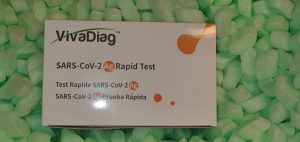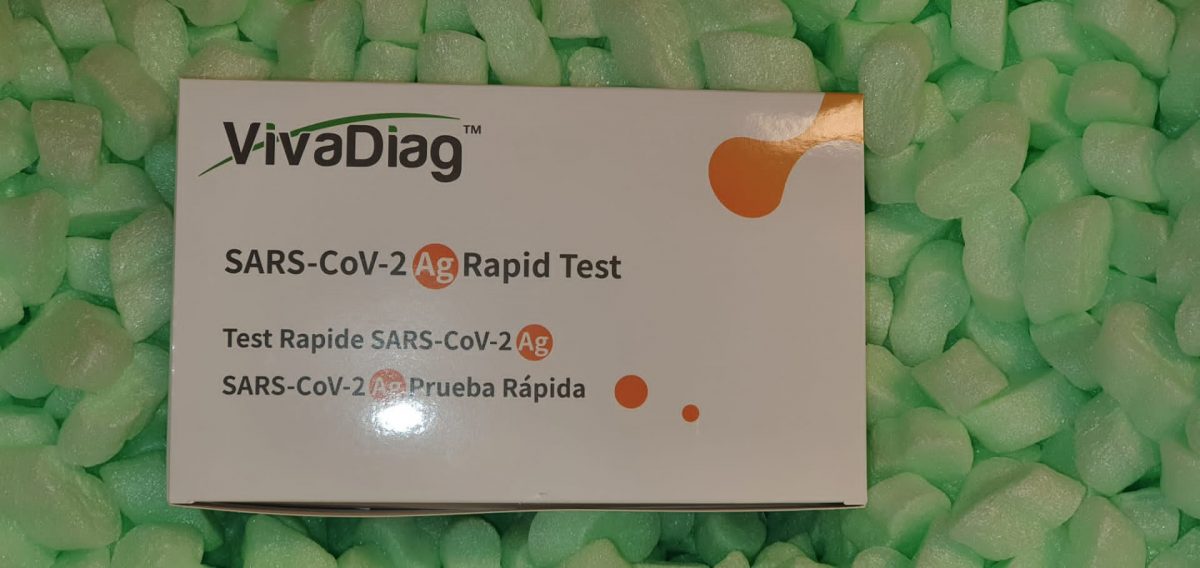To research the geographical distribution of bodily exercise (PA) prevalence amongst adults aged 15-64 years previous throughout Iran provinces utilizing geographic maps.Information from four consecutive nationwide surveys carried out between 2007 and 2010 have been pooled to find out the geographical distribution. Prevalence of low PA with 95% confidence interval was estimated by sociodemographic subpopulations over provinces utilizing complicated survey design.In complete, 119,560 individuals (49.9% females) have been included within the analyses. The imply (SD) age of individuals was 39.5 (14.3) years. The prevalence of the low PA within the pooled 2007-2010 was 35.8% (95% confidence interval, 34.1-37.6).
The three provinces with the best prevalence of low PA have been Sistan and Baluchestan, Yazd, and Hormozgan. The outcomes of sizzling spot evaluation confirmed that the Kerman province was a sizzling spot, and Ilam, Kermanshah, Hamedan, and Markazi have been chilly spots for low PA. Ilam, Kohgiluyeh and Boyer-Ahmad, and Mazandaran had the best complete PA quantity (metabolic equal minutes per week). Sizzling spot evaluation confirmed that Ilam and Khuzestan provinces have been sizzling spots for the overall PA quantity.The areas with high and low PA are predominately located within the close to heart/southeast and west, respectively.
Confidential unit exclusion (CUE) is a mechanism developed within the1980s to extend blood security by permitting donors to point confidentially in the event that they suppose their blood is just not secure for transfusion. Whereas it has been used extensively world wide, the efficacy of this technique continues to be unclear. The current examine evaluated the efficacy of the CUE system on the Blood Transfusion Heart of Kohgiluyeh and Boyer Ahmad Province (KBTC), Iran by evaluating the prevalence of transfusion-transmitted infectious (TTIs) in CUE and non-CUE teams.
Within the current examine, the non-CUE and CUE teams consisted of 98.94% and 1.06% of volunteer blood donors, respectively. First-time donors chosen the CUE possibility extra usually than repeated and common donors. The prevalence of TTIs was considerably greater within the CUE group and CUE sensitivity, specificity, and PPV have been 5.5%, 98.95%, and 0.96%, respectively.We advocate the CUE system be pursued for additional enhancement of blood security. Nonetheless, additional research are wanted to ascertain the general usefulness of this process all through the entire nation.

The Prevalence and Developments of Hepatitis B, Hepatitis C, and HIV amongst Voluntary Blood Donors in Kohgiluyeh and Boyer-Ahmad Transfusion Heart, Southwestern Iran.
Transfusion transmissible infections (TTIs) are a standard complication of blood transfusion. Analysis and monitoring the prevalence charge of TTIs in blood donors is a worthwhile indicator of donor choice and blood security. We analyzed the tendencies of those infections amongst blood donors at Kohgiluyeh and Boyer-Ahmad transfusion service (KBTC) throughout 10 years.
Viral screening and confirmatory checks have been carried out on 180304 voluntary donations from 2005-2014. The annual prevalence charges of hepatitis B virus (HBV), hepatitis C virus (HCV) and HIV infections per 100000 donations and 95% confidence interval have been calculated. Chi-square check was utilized to acquire the P-value.
The general prevalence was 0.13% for HBV and 0.06% for HCV whereas there have been solely three optimistic circumstances for HIV. The annual pattern fluctuated in the course of the time interval studied. In comparison with first-time donors, common and repeat donors have been considerably much less more likely to be optimistic for these infections. Outstandingly, this examine supplies first knowledge in TTIs seropositivity charges amongst blood donors in our area; surprisingly have been decrease in comparison with different experiences of Iran.
The tendencies of TTIs prevalence on this examine present extra proof that security measures employed by the KBTC have been efficient in sustaining a secure blood provide. The decrease prevalence of TTIs in our examine in contrast with different Iranian research and likewise the overall inhabitants displays the efficacy of donor choice and schooling procedures in KBTC.
Spatial modeling of cutaneous leishmaniasis in Iran from 1983 to 2013.
Cutaneous Leshmaniasis (CL), a parasitic pores and skin an infection brought on by Leishmania species, is endemic in some areas of Iran. On this examine, the impact of location on the incidence and distribution of CL in Iran was studied with
cell lines.
We collected datas together with the variety of Cutaneous Leishmaniasis circumstances and populations at-risk of illness in Iran’s totally different provinces reported by the Iranian ministry of well being and the Nationwide Bureau of Statistics, respectively. Spatial modeling was carried out utilizing Arc GIS software program. Descriptive maps, hotspot evaluation, and excessive/low clustering evaluation have been used to exhibit distribution of the cutaneous leishmaniasis, to find out areas vulnerable to illness’s incidence, and to achieve probably the most applicable technique for clustering of illness.
The overall variety of circumstances of cutaneous leishmaniasis reported by means of the examine interval was 589,913. The annual incidence of CL was estimated to be 30.9 per 100,000 in Iranian inhabitants. We additionally demonstrated that Cutaneous leishmaniasis most prominently happens in areas with dry and desert climates in addition to in central components of Iran. It affected the southwest of Iran between 1983 and 1997, and subsequently developed in direction of the heart and the japanese between 1998 and 2013. Illness hotspots have been targeted within the provinces of Yazd, Khozestan and Kohgiloyeh-Boyer-Ahmad (p<0.05). No sample of spatial clustering was noticed.
Cutaneous leishmaniasis is a serious well being downside which might be a severe risk for inhabitants who dwell in high-risk provinces of Iran; far more assets must be allotted in these areas, to warrant the prevention in addition to successfully administration of this illness.



